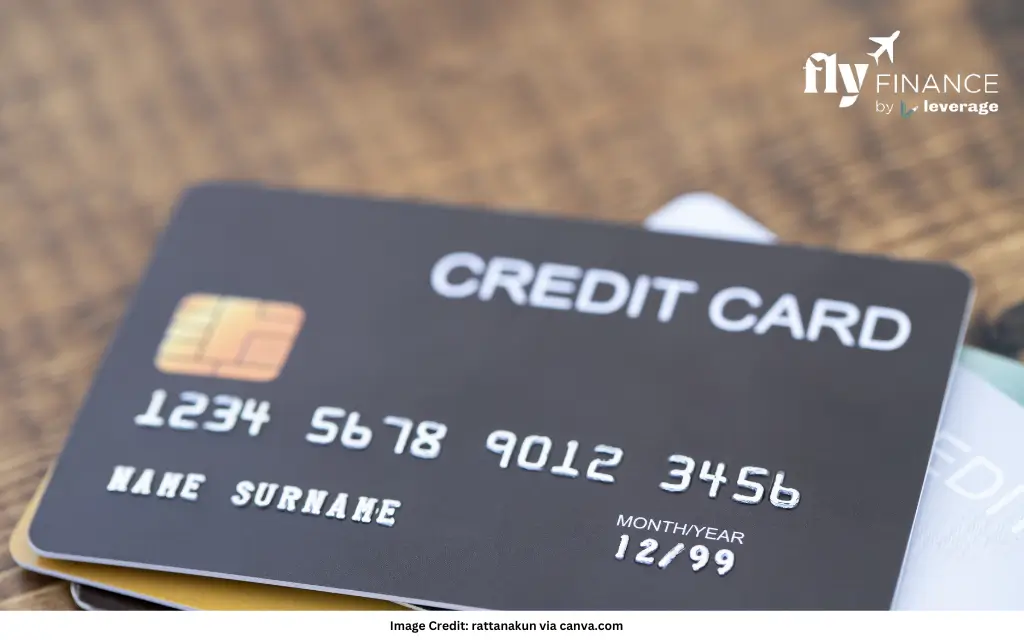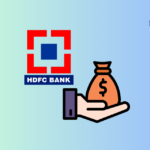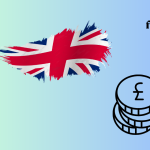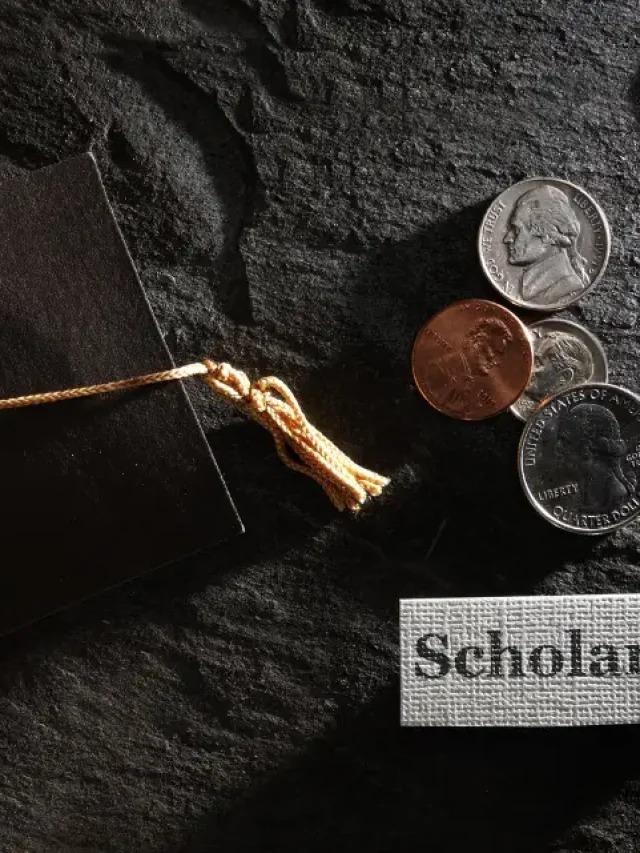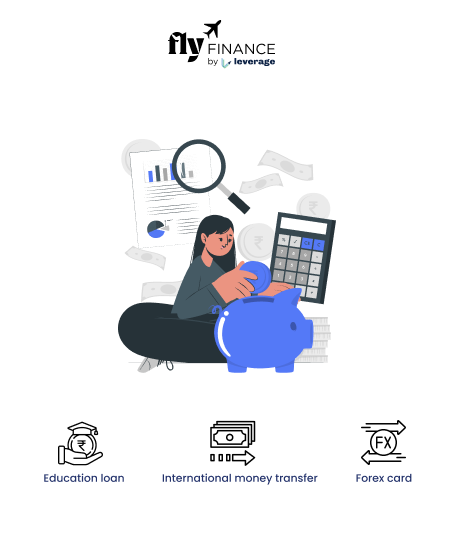When you swipe your credit card for an international purchase or book a flight on a foreign website, you may notice an extra charge on your statement. This is often the markup fee on credit cards, a cost that can catch many cardholders off guard.
Understanding what a markup fee on credit card is and how it works can help in making informed financial decisions, especially for transactions involving foreign currencies. This guide explains the markup fee concept, its implications, and ways to minimize these fees for smarter spending.
Table of contents
What is the Markup Fee on Credit Cards?
A markup fee on Credit Cards, also called a foreign transaction fee or forex markup fee. It is a charge imposed on credit cards by their issuers when you make transactions in a foreign currency or through a foreign bank.
It covers the cost of currency conversion and processing international payments. Knowing what a markup fee in foreign credit cards entails is essential for anyone who travels abroad, shops on international websites, or withdraws cash from overseas ATMs.
- Definition: A percentage-based fee (typically 1% to 3.5%) added to transactions in a foreign currency.
- Applicability: Charged on purchases abroad, online transactions in foreign currencies, ATM withdrawals overseas, or even domestic transactions processed through a foreign point-of-sale (POS) system.
- Components: Includes the issuer’s fee and sometimes a network fee (e.g., Visa or Mastercard) for currency conversion.
- GST Impact: An 18% Goods and Services Tax is applied on the markup fee, increasing the total cost.
For example, if you spend USD 100 (approximately INR 8,400 at an exchange rate of 1 USD = INR 84) with a 3% markup fee, you pay INR 252 as the fee, plus 18% GST (INR 45.36), totaling INR 297.36 in additional charges.
Also Read: Best Forex Cards for Indian Students Studying Abroad
How Does a Markup Fee for Credit Cards Work?
The mechanics of a markup fee in credit cards involve currency conversion and additional charges applied by the card issuer and payment network. When you make a transaction in a currency other than Indian Rupees (INR), the amount undergoes a conversion process, and the markup fee added to cover operational costs and generate profit for the bank.
Currency Conversion Process
The transaction amount first converted from the foreign currency to INR, often through an intermediary currency like USD. This process involves multiple parties, each adding a layer of cost.
- Non-USD Transactions: Converted to USD first, then to INR, with a markup fee applied on the final INR amount.
- USD Transactions: The Transactions amount is initially converted to INR, and then the markup fee is applied to the converted value.
- Exchange Rate: Based on the card network’s rate (Visa, Mastercard), which may differ from the mid-market rate.
- Timing: The fee is applied on the settlement date, not the transaction date, which can affect the final amount due to exchange rate fluctuations.
Fee Breakdown for Markup Fee in Credit Card
Here’s a table illustrating how a markup fee impacts a USD 200 transaction (assuming 1 USD = INR 84):
| Component | Amount (INR) |
| Transaction Amount | 16,800 (USD 200) |
| Markup Fee (3%) | 504 |
| GST on Markup Fee (18%) | 90.72 |
| Total Additional Cost | 594.72 |
| Final Amount Charged | 17,394.72 |
This example shows how a 3% markup fee, combined with GST, increases the transaction cost significantly.
Why Do Banks Charge Markup Fees?
Banks and credit card issuers charge markup fees to cover the costs associated with processing international transactions and to earn a profit. Understanding the reasons behind these fees can help in evaluating whether they are justified and how to avoid them.
- Currency Conversion Costs: Banks incur fees from payment networks (Visa, Mastercard) for converting currencies, typically 1% of the transaction amount.
- Operational Expenses: Processing cross-border transactions involves additional security measures, fraud prevention, and coordination with foreign banks.
- Profit Margin: The markup fee (often 2-3% above the network fee) serves as a revenue source for card issuers.
- Risk Management: Banks account for exchange rate volatility and potential disputes in international transactions.
Premium cards, such as travel or co-branded credit cards, may charge lower fees (e.g., 0.99% or 0%) to attract frequent travelers, while standard cards typically impose higher rates.
Situations Where Markup Fees Apply
Markup fees in credit cards are not limited to international travel. They can apply in various scenarios, making it crucial to recognize when you might encounter them.
- Overseas Retail Purchases: Buying from a store abroad in a foreign currency.
- Online Shopping: Transactions on international websites in currencies like USD, GBP, CAD or EUR.
- ATM Withdrawals: Withdrawing cash from foreign ATMs, often with an additional cash advance fee.
- Domestic Transactions with Foreign POS: Purchases in India where the merchant’s POS system is linked to an overseas account.
For instance, booking a hotel through an international platform in USD while in India could trigger a markup fee, even if you never leave the country.
How to Minimize or Avoid Markup Fees on Credit Card?
Fortunately, you can take steps to reduce or eliminate markup fee on credit cards, saving money on international transactions. By choosing the right card and adopting smart payment habits, you can keep these costs in check.
Choose a Zero or Low Markup Fee Card
Several credit cards in India offer zero or reduced markup fees, especially travel-focused or premium cards. Here are some zero forex markup card or almost zero charge options:
| Credit Card | Markup Fee | Key Benefits |
| BookMyForex True Zero Markup Card | 0% | No issuance/reload fees, interbank rates |
| HDFC Regalia ForexPlus Card | 0% | 8 complimentary lounge visits yearly |
| IDFC First WOW Credit Card | 0% | 1 reward point per INR 150 spent |
| RBL World Safari Credit Card | 0% | Lounge access, travel points on spends |
| IndusInd Bank Legend Credit Card | 1.8% | Airport lounge access, concierge services |
Always verify terms, as some cards may have annual fees or spending conditions.
Additional Tips to Avoid Fees
- Pay in Local Currency: When prompted at a foreign POS or ATM, choose the local currency to avoid dynamic currency conversion (DCC), which often includes higher merchant-imposed fees.
- Use Forex Cards: Prepaid multi-currency forex cards, like BookMyForex, allow you to lock in exchange rates and avoid markup fees.
- Monitor Statements: Check your credit card statements for unexpected fees and dispute errors with your issuer.
- Plan Transactions: Time large purchases to take advantage of favorable exchange rates, reducing the impact of fees.
By opting for a zero forex markup credit card and paying in the local currency, you can save significantly. For example, on a USD 1,000 transaction, avoiding a 3% markup fee saves INR 2,520 (plus GST).
Also Read: Best Forex Cards With International Lounge Access for Stress-Free Travel in 2025
Markup fees on credit cards can add up quickly, especially for frequent international transactions. By understanding what a markup fee on a credit card is and how it works, you can make strategic choices to minimize costs. Select a card with zero or low markup fees, pay in the local currency, and consider alternatives like forex cards for seamless, cost-effective spending.
FAQs on Markup Fees on Credit Cards
A markup fee in credit cards, also called a foreign transaction fee, is a charge (typically 1% to 3.5%) applied by credit card issuers for transactions in a foreign currency or processed through a foreign bank, covering currency conversion and processing costs.
A markup fee is charged on a credit card for purchases made abroad, online transactions on international websites, overseas ATM withdrawals, or domestic transactions processed through a foreign point-of-sale system.
The fee is a percentage of the transaction amount (e.g., 3%) after converting the foreign currency to INR, with an additional 18% GST applied on the fee.
Banks charge markup fees to cover currency conversion costs, operational expenses, exchange rate risks, and to generate profit.
Yes, by using cards with zero markup fees, paying in the local currency, or opting for prepaid forex cards that lock in exchange rates.
DCC is when a merchant converts a transaction to INR at the point of sale, often at a higher rate. Choosing the local currency avoids DCC and reduces costs.
Yes, transactions on foreign websites in currencies like USD, CAD, GBP or EUR typically incur markup fees unless your card waives them.
Review your credit card’s terms and conditions or contact the issuer to confirm the markup fee percentage and applicable scenarios.
No, fees vary by card issuer and type. Premium or travel-focused cards may have lower or zero markup fees, while standard cards often charge 2-3.5%.
To learn more about bank accounts for students, the best education loans, forex, banking experience for global students, or international money transfers, reach out to our experts at 1800572126 to help ease your experience with studying abroad.
Follow Us on Social Media

